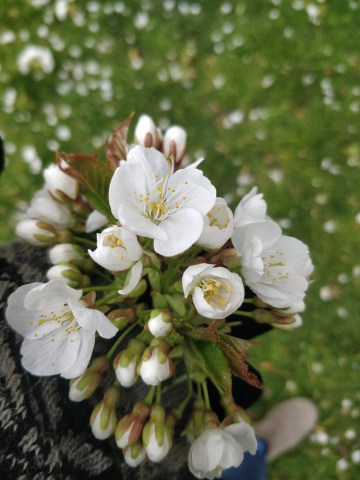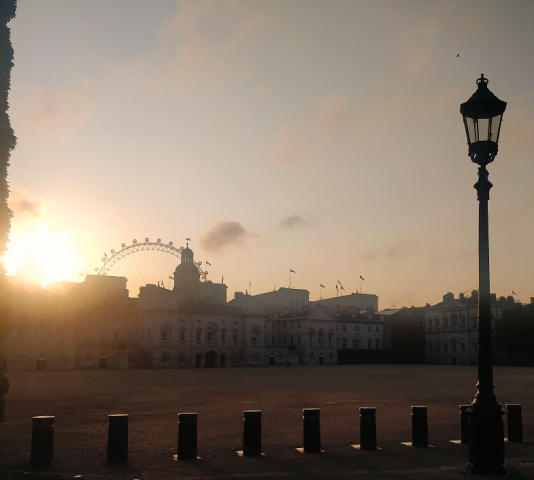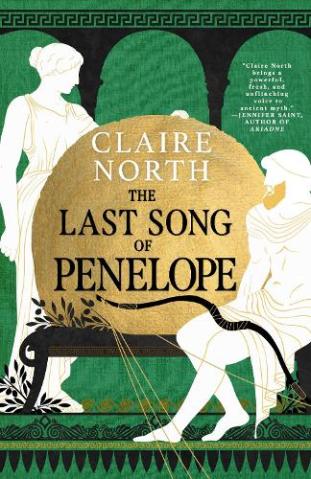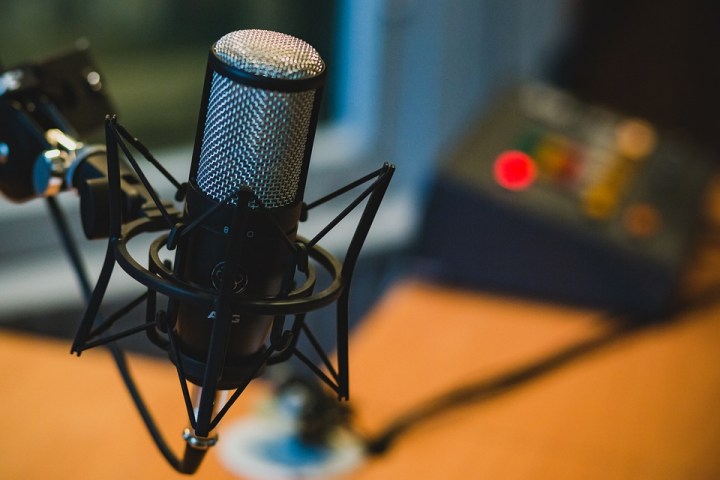River Thames
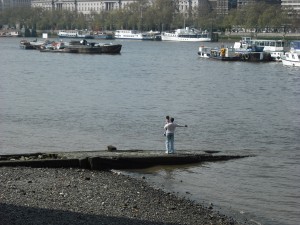
I’ve been building up to this entry for a while, because there’s too much to say. And in fact, I don’t intend to say very much on the subject of the Thames now, as it’d take many many hours and thousands of words to really cover anything. My cunning plan is to try and break it down bridge-by-bridge, but this is more of a River Thames 101 introduction to that great and sweeping topic of Why The River Is Cool.
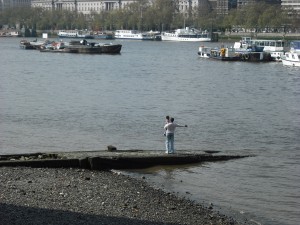
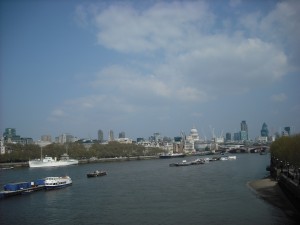
I was asked a few months ago what traits I had in common with my main character in the urban magic series, Matthew Swift. Since I am not male, magical or in a complicated, semi-schizophrenic relationship with mysterious forces from out of the telephone lines, I was forced to go back to basics and admit that our main shared interests were Thai food and the river Thames. Whenever I get too tired, stressed or upset, and if I have the time and am within easy reach, the river is always the place I go to calm down. You can begin to smell it a few streets away, a colder wind that smells of whatever the nasal equivalent is of the moment the engines go out on a ship, and are noticed for the first time only in their silence. In quiet parts of London, away from traffic, you can hear the river. Stand by the riverside in Limehouse on a clear day, when the tide is turning, and it sounds like thick yoghurt slurping away. In Hammersmith when the tide is high you can hear it slapping against the embankment walls; in the middle of town, its sound is mixed with the traffic noise across the bridges and the engines and announcements of the tourist boats. A magical, if slightly pricey experience is taking the Millennium Clipper from the Millennium Dome to the London Eye by night. Pack thick clothes and a camera! In the relatively recent past, the Thames was toxic. In the more distant past, the Thames flooded everywhere within reach, until the Thames Barrier was built a few miles past Greenwich. Even now, the water still submerges foot paths in places like Richmond and Twickenham on a regular basis. London Bridge was the first bridge built over the river, and you will be hard pressed to find a single Hollywood movie set in London which doesn’t require a journey between Westminster and Chelsea to take in a double-decker bus ride over Tower Bridge. The Houses of Parliament sit on the river front, opposite St. Thomas’ Hospital. In the 1860s, the river was so toxic from the sewage draining into it, that parliament had to close while lemon-soaked curtains were put up in the windows to keep out the stench. In 1864, parliament authorised the building of a modern sewer system that still serves parts of the city today…
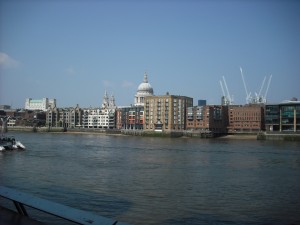
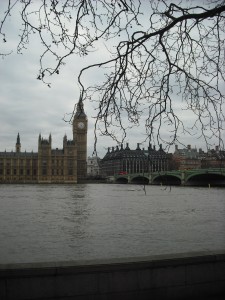
Type a message

